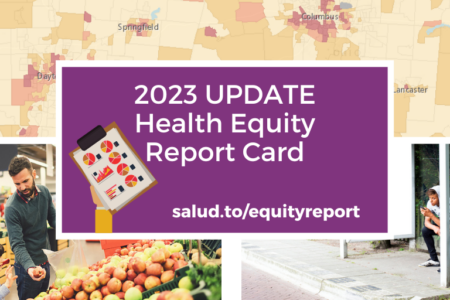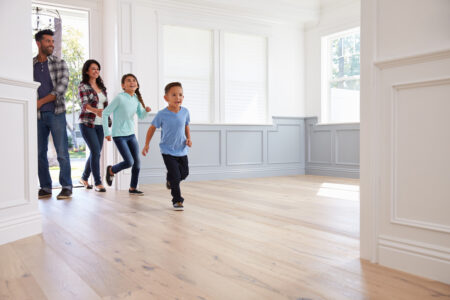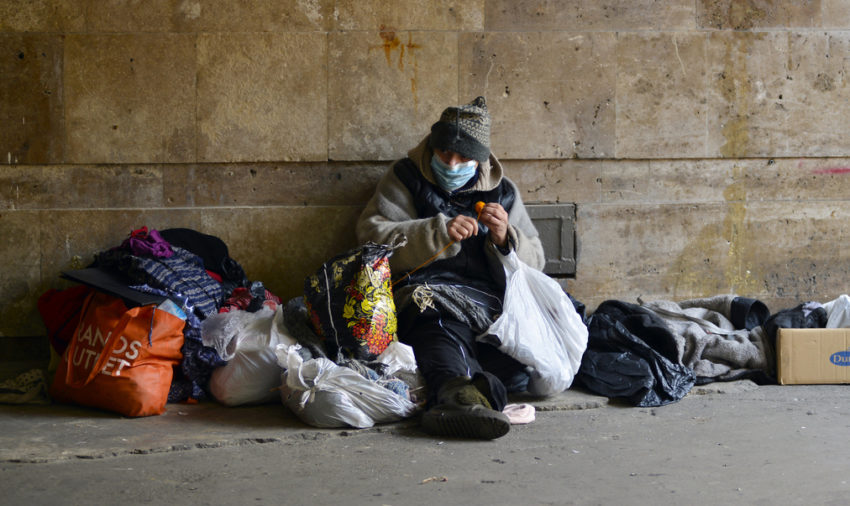
Share On Social!
The COVID-19 pandemic is having a devastating impact on homelessness.
People who experience homelessness are transient. That makes it harder to detect, track, and prevent disease transmission, and treat those who need care.
Now some experts say rising unemployment could spark a 45% rise in homelessness by the end of 2020, leaving 800,000 people with no permanent shelter in the U.S., the L.A. Times reports.
“If the projections of unemployment being made now turn out to be accurate, and the relationship between unemployment and homelessness follows the historical pattern, and no other major changes occur, that’s what we can expect to happen,” said economist Dr. Brendan O’Flaherty of Columbia University.
Concerns for the Homeless amid Coronavirus
People experiencing homelessness are at risk for coronavirus.
 Major health concerns include:
Major health concerns include:
- Regular hand washing and hygiene is hard to achieve living on the street.
- Self‐isolation is impossible if you do not have a home to live in.
- Implementing the use of personal protective equipment is difficult in for homeless people in the absence of primary care outreach.
- Many in this population have underlying conditions that complicate coronavirus impact. Disease containment procedures might also harm the mental health of people experiencing homelessness. They often fear hospitalization or incarceration.
The high risk of COVID‐19 for people experiencing homelessness and, consequently, for those working closely with them present an enormous challenge.
This could be exacerbated amid rising economic impacts of the pandemic.
COVID-19 Is Spreading Under the Radar in U.S. Homeless Shelters
In New York, the Department of Homeless Services has identified more than 650 cases and more than 50 COVID-19 deaths among the 17,000 single adults in its shelter system.
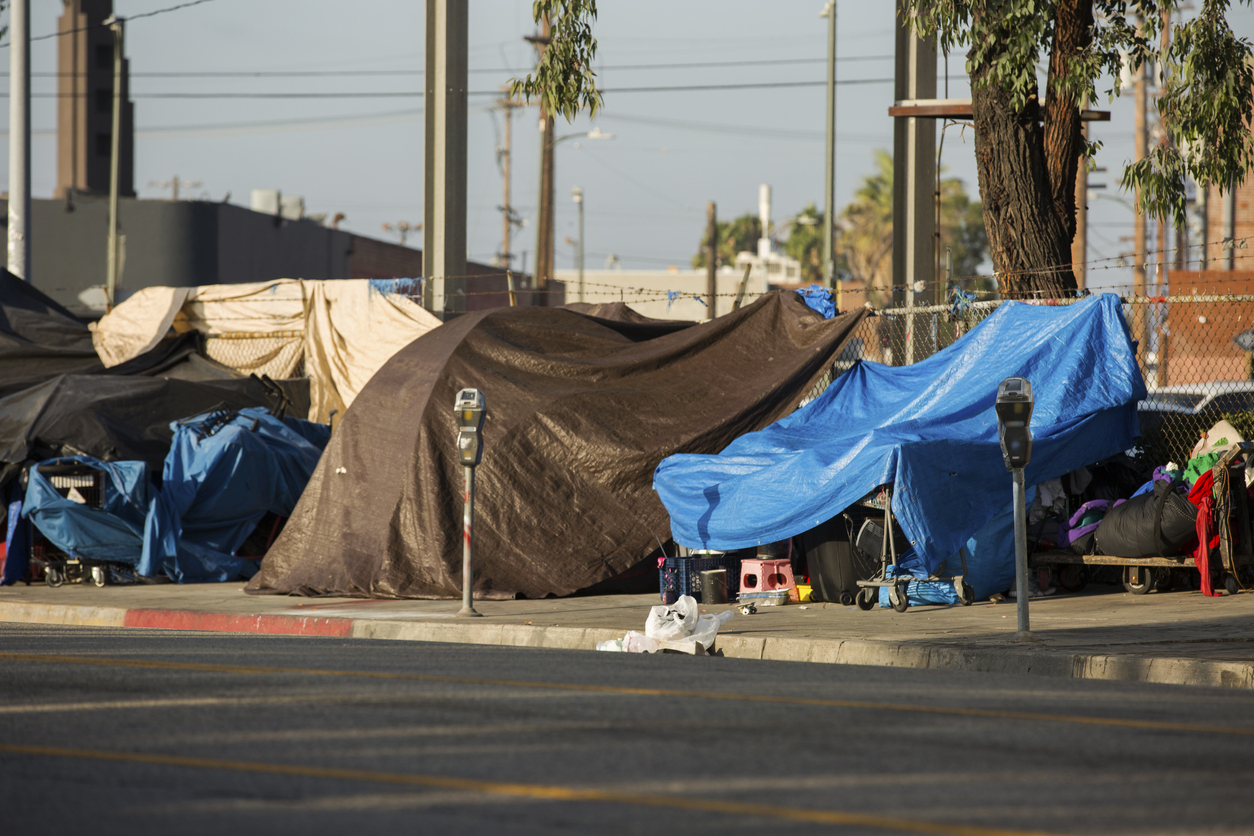 Denver city officials say hundreds of homeless people have tested positive for coronavirus. On May 12, 2020, city officials said two homeless men were found dead on subway trains in a 12-hour period.
Denver city officials say hundreds of homeless people have tested positive for coronavirus. On May 12, 2020, city officials said two homeless men were found dead on subway trains in a 12-hour period.
At least 166 homeless in Salt Lake City, Utah, tested positive for COVID-19 on May 12, 2020. Several have died. On top of this, Utah has 13.9% Latino population. But Latinos make up 37.9% of COVID-19 cases as of May 13, 2020.
COVID-19 is forcing cities to plan for the multitude of potential vulnerabilities and risks for people experiencing homelessness in becoming infected, needing care, and transmission.
Cities Take Action to Address Homelessness
Many cities already have large homeless populations. They face challenges trying to contain COVID-19 and address homelessness, with the potential for both issues to exacerbate one another.
Here is how some California cities are stepping up:
- San Francisco is shifting from trashing open-air homeless camps to sanctioning them, NPR reports.They’re also working to secure hotel rooms for the homeless.
- City leaders in San Diego plan to bring more than 800 homeless individuals into a temporary shelter in the San Diego Convention Center.
- San Jose received more than 100 trailers from the state to house homeless residents especially vulnerable to coronavirus. The city opened the trailers on May 12, 2020; currently the state has more than 65,000 COVID19 cases. On same day, the San Jose City Council unanimously voted to allocate nearly $730,000 to operate 90 trailers that will be used to isolate homeless individuals with confirmed or presumed cases of COVID-19 or who have pre-existing conditions and are at a high risk of contracting the disease.
- A downtown Los Angeles hotel, shuttered by the coronavirus pandemic, has opened 460-room temporary homeless shelter. The aim is for the project to eventually provide ongoing services that keep people off the streets for good.
- Maple Street is the name of LifeMoves’ homeless shelter in Redwood City in California. This serves the homeless throughout San Mateo County. It has 140 beds during the pandemic.
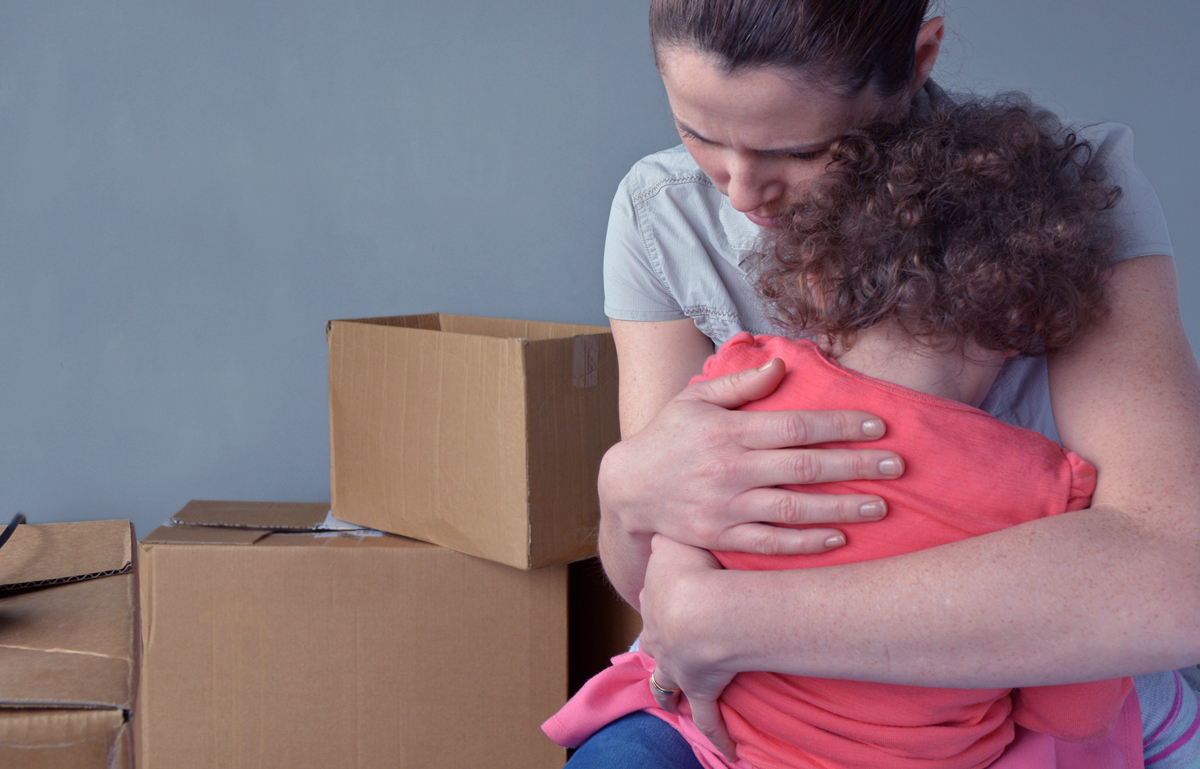 Also, the Los Angeles Business Council (LABC) and affordable housing nonprofit Enterprise Community Partners (Enterprise) are launching a coalition to support a series of proposals from the Governor’s Council of Regional Homeless Advisors.
Also, the Los Angeles Business Council (LABC) and affordable housing nonprofit Enterprise Community Partners (Enterprise) are launching a coalition to support a series of proposals from the Governor’s Council of Regional Homeless Advisors.
The working group will galvanize support around State Assembly Bill 1907. This bill aims to increase and streamline the development statewide of affordable and supportive housing for people experiencing homelessness.
What Can We Do to Address Homelessness amid Coronavirus and Beyond?
Public health experts say homeless service providers need testing kits and training on how to recognize COVID-19. These groups need to deploy this equipment in shelters, encampments, and street outreach. Alternative spaces also might be needed to quarantine and treat people experiencing homelessness.
Community Solutions is calling on lawmakers to support people experiencing homelessness:
- $100 billion for Emergency Rental Assistance and Eviction Prevention;
- A quicker system for distributing prevention funds that does not look like the traditional, slow moving programs we know today;
- A national, uniform, and extended moratorium on evictions and foreclosures;
- A universal housing voucher program to start paying rents before arrears grow;
- Rent forgiveness and extended repayment plans for unpaid rent.
“Federal policymakers [should] allocate funding to mitigate expected inflow into homelessness as they consider the fourth stimulus bill,” they wrote. “State and local officials [should] address this crisis as they implement current CARES funding.”
 Also, transit agencies can partner with community leaders to address homelessness.
Also, transit agencies can partner with community leaders to address homelessness.
“Beyond transit police as community partners, transit agencies play a role in preventing homeless. Access to reliable transportation increases mobility, which is a big factor in economic mobility and determining whether someone will escape poverty and avoid homelessness,” wrote Amanda Merck.
In the end, we need to focus on health equity, where everyone has a fair, just opportunity to have the best health possible, from access to care, housing, transit, jobs, and more.
Check out these 19 solutions to immediately ease the coronavirus pandemic and its impact on Latinos and people of color, as well as make long-term strides to address underlying inequities that are aggravated during this time.
Learn more about the coronavirus pandemic and Latino health:
Explore More:
HousingBy The Numbers
56.9
percent
of Latinos are "housing cost burdened"


